Worried about the prolonged Russia-Ukraine conflict, many people expect President Donald Trump to urge all sides to freeze the war and sit at the negotiating table.
Will the White House chief create a miracle and “give a gift to Russia”? What is the path to negotiations? It is difficult to fully answer such a large and complex question, but we can outline a few things.
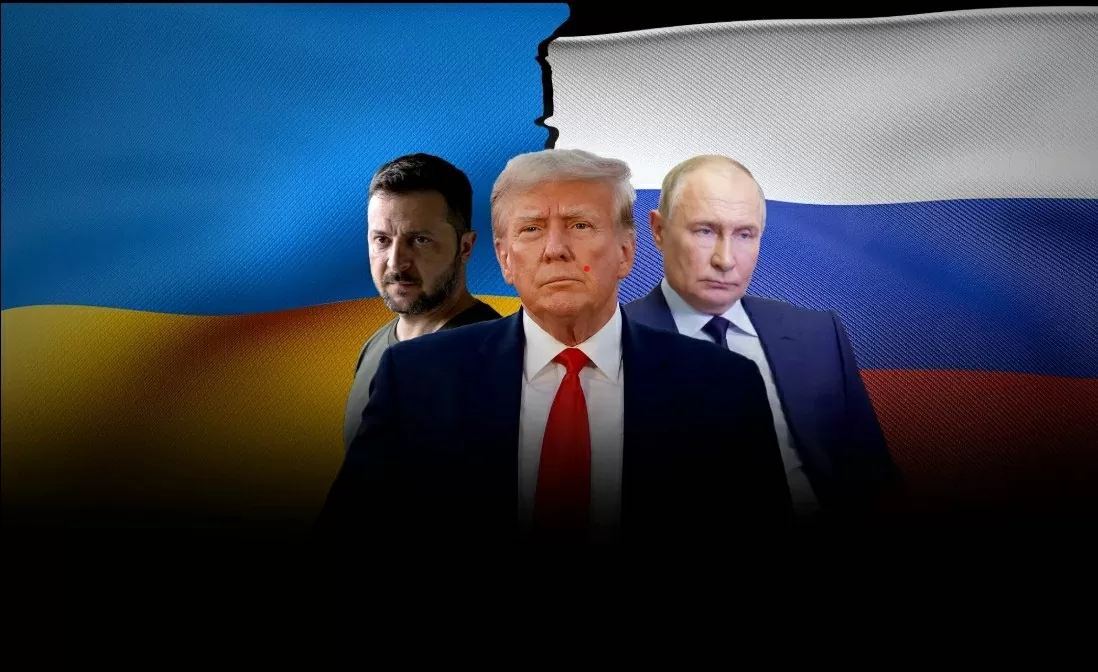 |
| Will US President Donald Trump urge all sides to freeze the war and sit at the negotiating table? (Source: Getty) |
The tip of the iceberg
The conflict in Ukraine is the tip of an “iceberg” with a huge submerged mass. There is and will be controversy over the cause and nature of the conflict. However, the statements of some leaders and the actions of EU and NATO members show their goals and intentions. Although trying to avoid operating under the name of the bloc, NATO is the author and director of the “Eastern strategy” scenario to encircle, isolate, weaken and disintegrate Russia. They have launched many “below the belt” attacks.
Kiev is a key piece in the game that NATO and the West have worked hard to create. The Ukrainian problem was sparked by the Maidan protests more than 10 years ago. The government and the people can justify their choices, but the consequences cannot be hidden. Change is not wrong, but what matters is for whom and how. In fact, the countries where “color revolutions” took place all fell into prolonged instability, even civil war.
For Russia, the special military operation is imperative for national security and survival. The name of the military operation partly shows that Moscow did not fully anticipate its complexity and length. With the element of surprise, in the first weeks, the Russian army created an overwhelming position, at important targets and around the capital Kiev. But when Moscow withdrew its troops, creating an environment for negotiations in Istanbul, Turkey, the British Prime Minister's influence caused the effort to collapse. The Minsk II-style delaying tactic was repeated.
In essence, the conflict in Ukraine is a complex, comprehensive war on security, economics, technology, politics , diplomacy, media, and law between the EU and NATO and Russia. The conflict raises many issues regarding defense strategy, military art, weapons and means, etc. that need to be changed. Moscow also seeks to connect, cooperate, and upgrade relations with allies and partners. To some extent, the conflict is a concrete manifestation of the collision between the unipolar world order dominated by the US and the West (with adaptations) and the trend of seeking a new, more equitable order.
The conflict in Ukraine touches on major geopolitical issues, competing interests, relations between major countries, NATO's "Eastward strategy"... Therefore, ending the conflict cannot just be aimed at the surface, over a few weeks or months, but must be done step by step, solving the root cause, the "whole package" between Russia and the West, NATO led by the US.
| In essence, the conflict in Ukraine is a complex, comprehensive war on security, economics, technology, politics, diplomacy , media, and law between the EU and NATO and Russia. |
Economic colors are increasingly clear
Kiev is and will be heavily dependent on the West, so as the conflict continues, some countries are thinking long-term. “The first money is the smart money”. On January 16, the UK signed a “centennial agreement” with Ukraine, demonstrating London’s steadfast, long-term support for Kiev. Strong security and military cooperation with an aid level of no less than £3 billion/year for as long as necessary, to keep Kiev standing firm against Russia, internal reactions and in the arms of London. The UK’s long-term, multifaceted presence in Ukraine comes with attractive economic benefits.
The US is the biggest beneficiary. Behind the aid package are huge profits from arms contracts, a special non-negotiable commodity (President Volodymyr Zelensky has confirmed). President Donald Trump also made no secret of his request for Kiev to provide rare minerals (lithium, titanium, beryllium, uranium, etc.) in exchange for further arms aid from Washington. Kiev had previously included this factor in its “victory plan”. However, a significant portion of the resources are in areas controlled by Russia.
Once the profits are high, the West will not give up any measures to win. However, the agreement, the exchange agreement between the US, the West and Kiev also depends on the political-social model, the future institutions of Ukraine. The economy is a bargaining chip in solving the Ukraine problem.
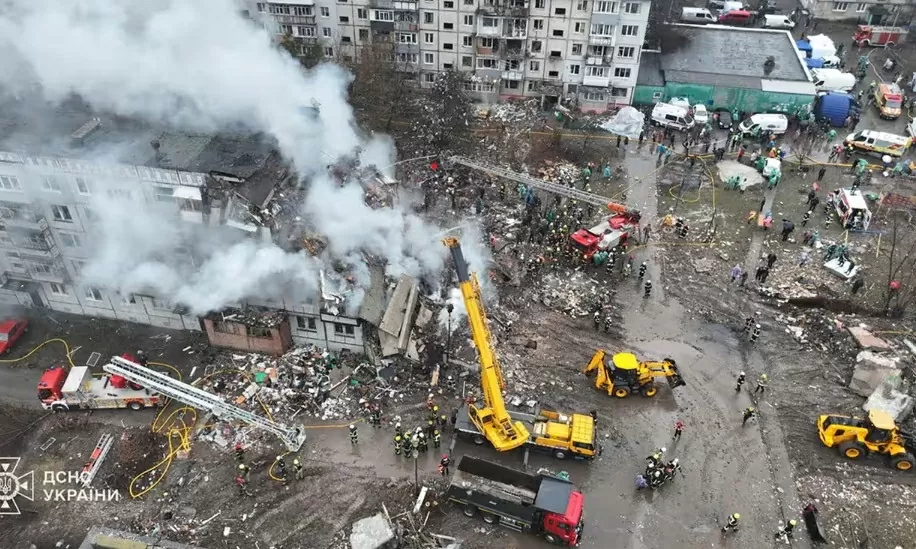 |
| The site of a Russian missile attack on a residential building in Poltava, central Ukraine, which killed 11 people and injured 16. (Source: EPA) |
America does not give up, what can and should be done?
The US initiated and led NATO’s “Eastern Strategy”, using the tools and involvement of the “European army” to weaken its opponents and maintain its global strategic role and interests. Therefore, Washington did not let go of the Ukraine issue but resolved it in its own way, with low cost and high efficiency in many aspects.
In resolving the Ukraine conflict, the greatest benefit for the US is to maintain its role as a “security umbrella” in Europe; its position as the number one peace negotiator and to have a free hand in dealing with China, a systemic, comprehensive rival that challenges its number one position, but is always difficult to deal with. What does Washington need and can do?
Moscow believes that Washington needs to take specific action and plans. According to the revelation, the US advocates suspending the issue of Ukraine joining NATO; maintaining the status quo on the battlefield, freezing the war, withdrawing troops from some areas; lifting the embargo on Russia for 3 years, after signing a peace agreement. It is reported that the US and the West are considering a plan to replace Kiev's leadership.
If the US and the West really stop providing aid, even with conditions, it will still be a beneficial catalyst to resolve the Ukraine issue. But Kiev will find it difficult to stand firm and ensure the US’s long-term strategic interests in Ukraine. So Washington is not tying its own hands, but sticking to conditions that Moscow finds difficult to accept or continuing to provide aid in other forms.
But the US cannot decide everything on its own and do whatever it wants. The view that Russia is weak and will have to make concessions when faced with difficulties is not solidly based. How far Moscow can compromise is a difficult question.
Concessions “in exchange for gifts” and what is the deciding factor?
Russia welcomes the idea of negotiating a solution to the conflict. It is a positive factor, but it is not a gift from President Donald Trump, but an exchange of “he gives a ham, she gives a bottle of wine”. Russian Foreign Ministry spokeswoman Maria Zakharova affirmed that Moscow does not accept a half-hearted solution of “freezing the conflict” (which is essentially a delaying tactic) but seeks a comprehensive, concrete, legally binding solution.
The decisive factor in the outcome of the negotiations is still the battlefield situation that is favorable to Russia; the ability to sustain the economy, maintain social stability, and expand and improve the quality of connections and cooperation with Moscow's allies and partners. Despite many difficulties, Russia is not in a hurry. Progress slowly, slowly but surely. Persistence is also the art of fighting with intelligence.
President Volodymyr Zelensky wants four-way negotiations (if they take place), but the key figures are representatives of the US and Russia. Moscow still maintains the conditions declared since the launch of the special military operation as well as in the nearly successful agreement in Istanbul, Türkiye in April 2022; demanding the US and the West to completely lift sanctions, establish fair relations with Russia, including issues of trade, technology, energy, gas pipelines, etc.
This type of conflict is complex, multi-sided, and protracted, and usually ends at the negotiating table. The summit between President Donald Trump and President Vladimir Putin (as early as February or March) is expected to be the beginning of progress. The two sides will argue and bargain over core issues, many of which are as different as they have stated. It is unlikely that there will be a major consensus, but it could open up a direction for the next steps.
In any case, accepting to meet, discuss relations, and negotiate a solution to the conflict is also a breakthrough. The battle at the conference table will be extremely fierce, complicated, long-term, and unpredictable, and the core is the level of compromise. What Moscow is likely to concede is a multi-party security mechanism including Russia (not accepting NATO peacekeeping forces), for a new neutral government in Ukraine. President Donald Trump is a seasoned negotiator. Let's see how far the US will go.
Source: https://baoquocte.vn/qua-den-tu-dau-hay-ai-quyet-dinh-ket-cuc-xung-dot-o-ukraine-303650.html



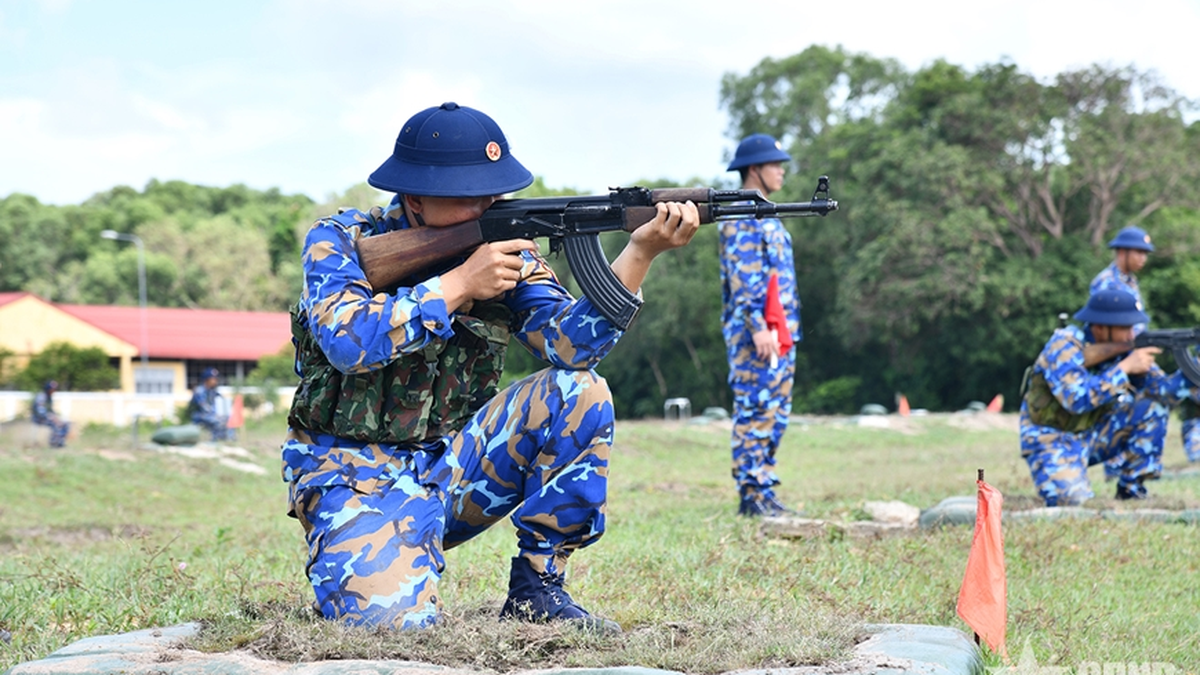
![[Photo] President Luong Cuong receives Prime Minister of the Kingdom of Thailand Paetongtarn Shinawatra](https://vphoto.vietnam.vn/thumb/1200x675/vietnam/resource/IMAGE/2025/5/16/52c73b27198a4e12bd6a903d1c218846)
![[Photo] Prime Minister Pham Minh Chinh and Prime Minister of the Kingdom of Thailand Paetongtarn Shinawatra attend the Vietnam-Thailand Business Forum 2025](https://vphoto.vietnam.vn/thumb/1200x675/vietnam/resource/IMAGE/2025/5/16/1cdfce54d25c48a68ae6fb9204f2171a)

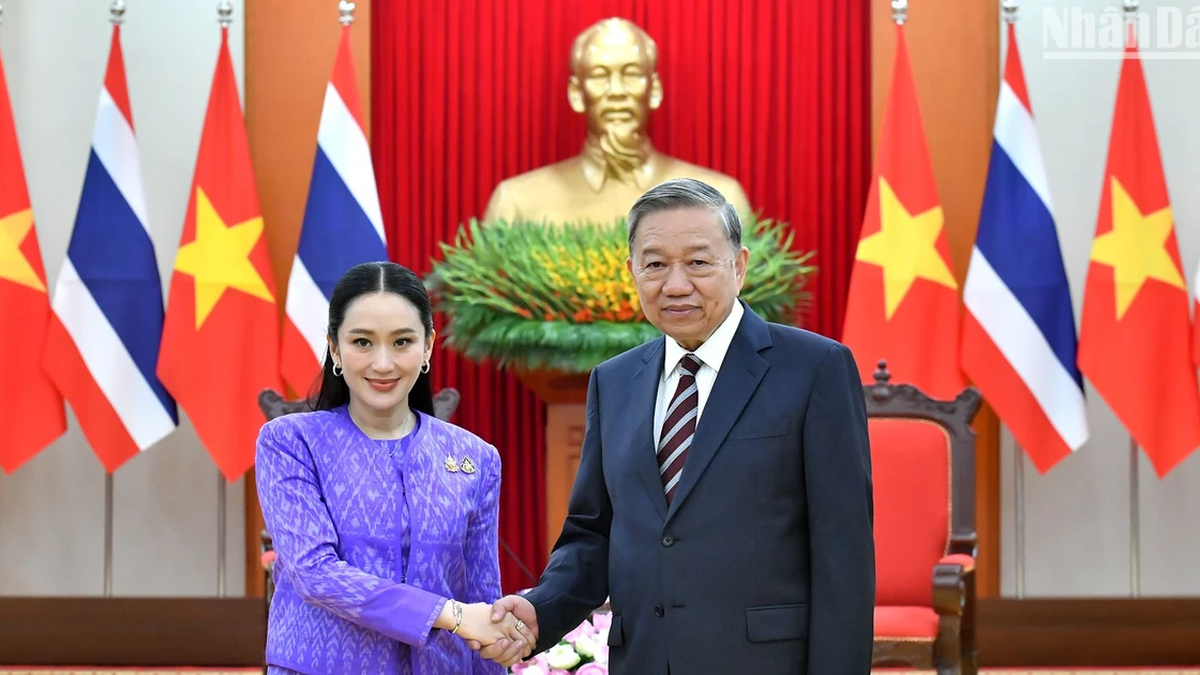
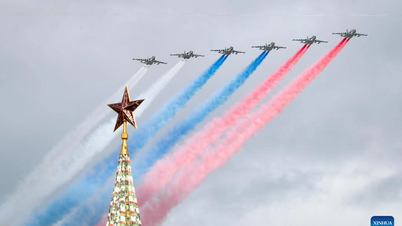


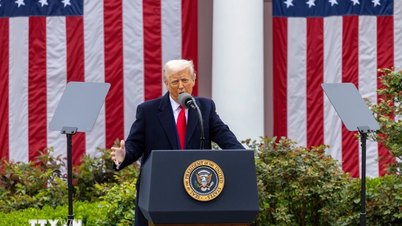

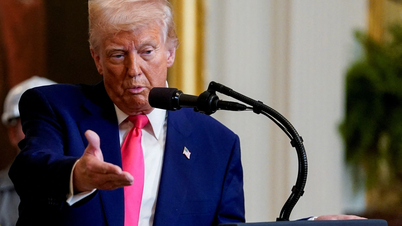





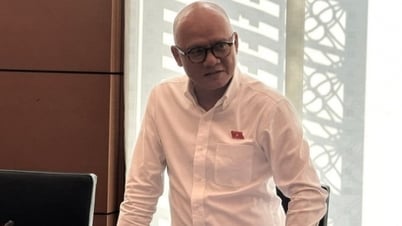

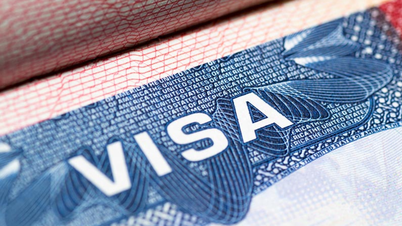







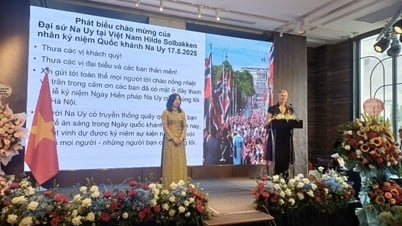
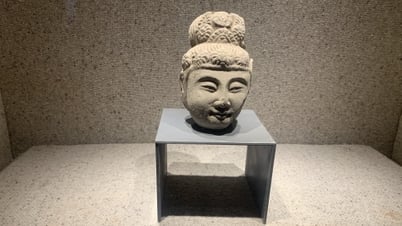


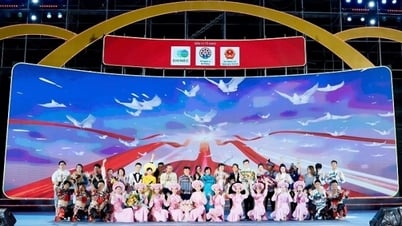
![[Photo] The Prime Ministers of Vietnam and Thailand witnessed the signing ceremony of cooperation and exchange of documents.](https://vphoto.vietnam.vn/thumb/1200x675/vietnam/resource/IMAGE/2025/5/16/935407e225f640f9ac97b85d3359c1a5)
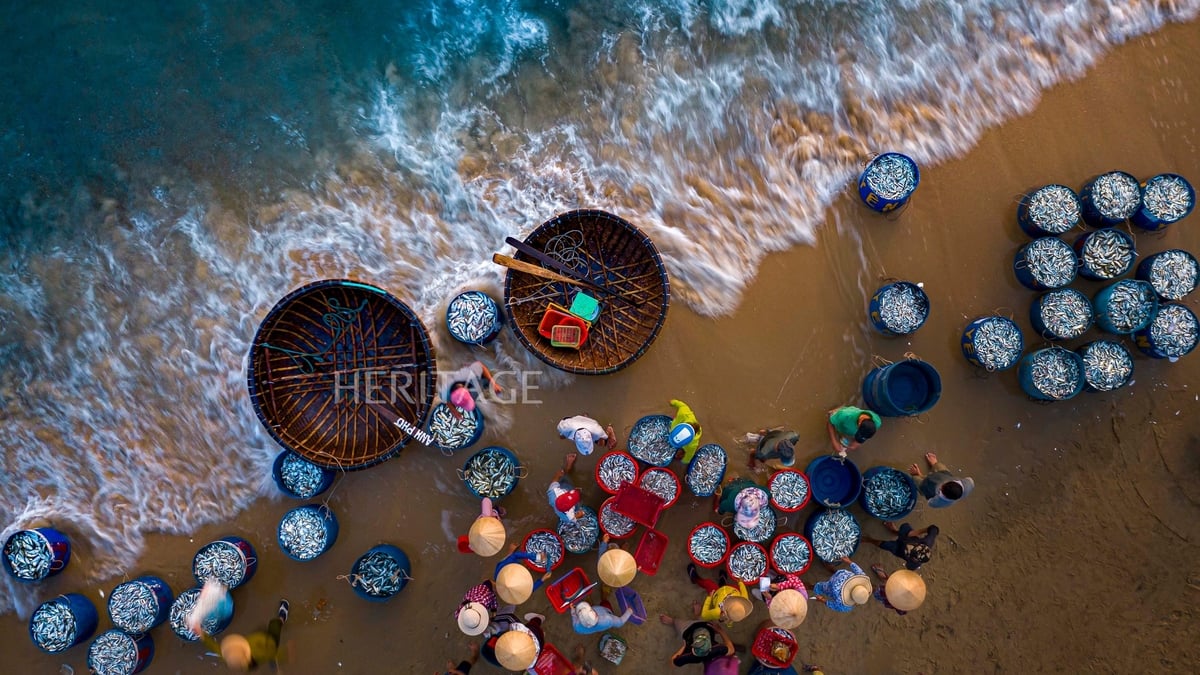


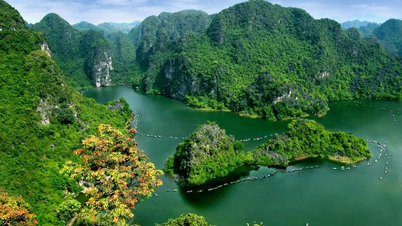

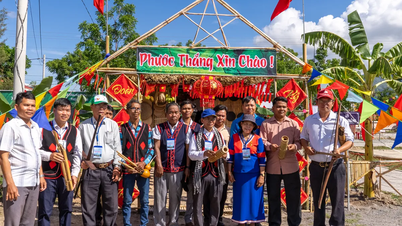




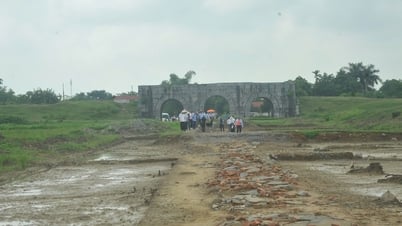





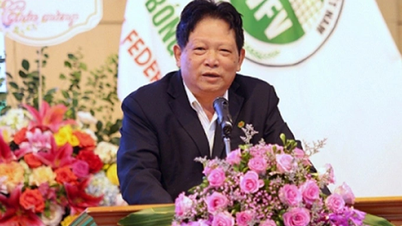
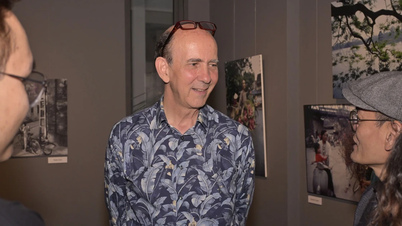







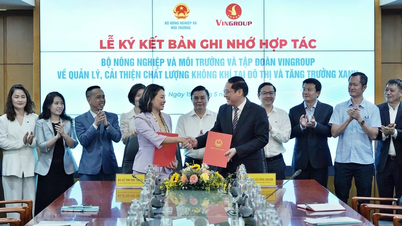




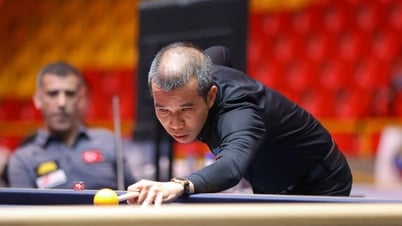
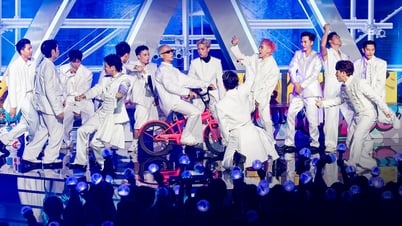
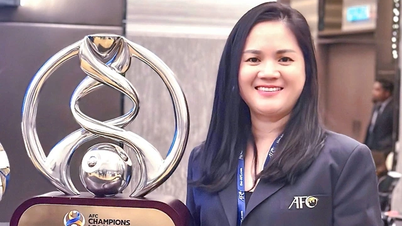
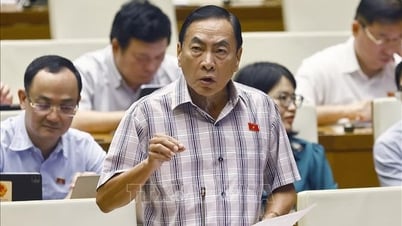


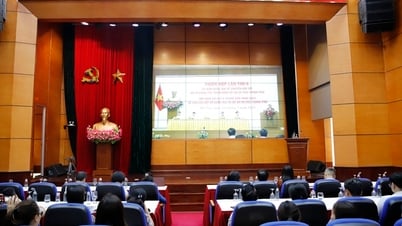
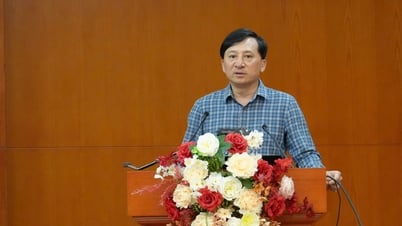

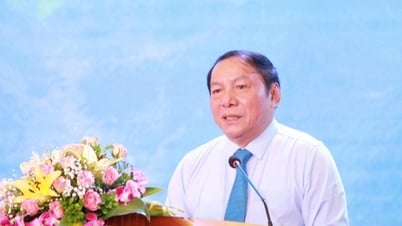

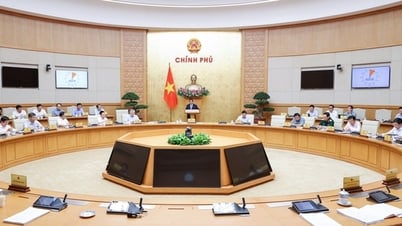

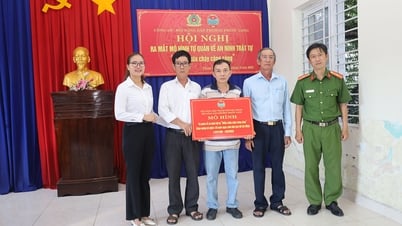

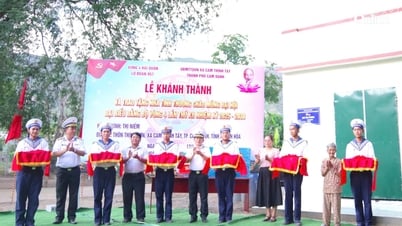


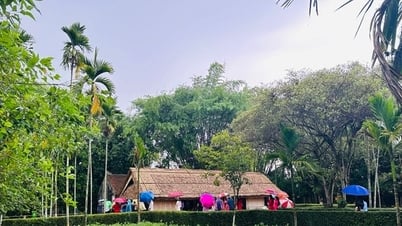

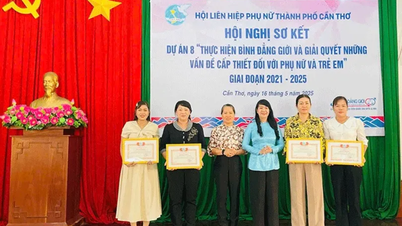

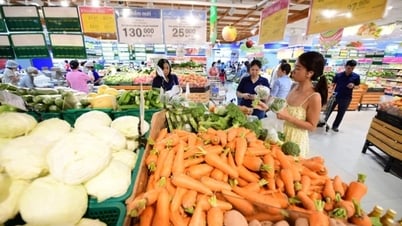

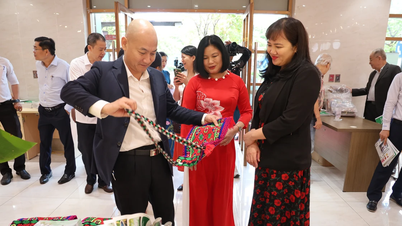


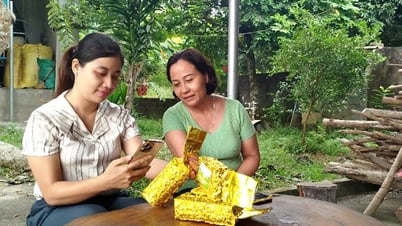

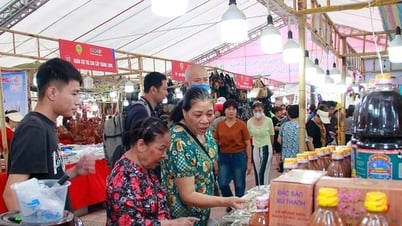


Comment (0)